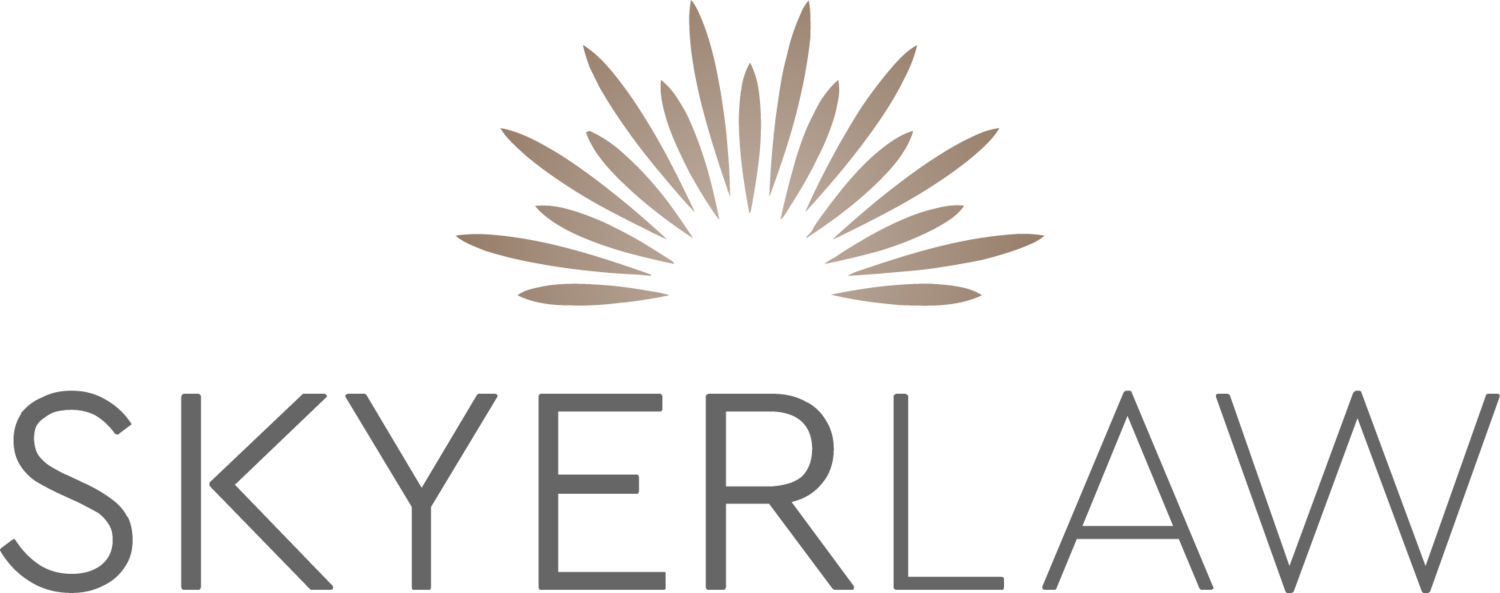by Abbie Smith
Many parents ask us if the classification their child receives on their IEP really matters. As with all things in special education, the answer is: It depends!
Preschool students in New York City are all given the same classification by the CPSE (Committee for Preschool Special Education) on their IEPs: “Preschooler with a Disability.” But once a child turns 5 and enters the CSE (Committee on Special Education), they must be given a more specific classification. This is because the Individuals with Disabilities Education Act (IDEA), which is the federal law that provides a disabled student’s right to an IEP, requires that the qualifying student’s school performance must be “adversely affected” by one of 13 conditions:
- Autism
- Deafness
- Deaf-blindness
- Emotional disturbance
- Hearing impairment
- Intellectual disability
- Learning disability
- Multiple disabilities
- Orthopedic impairment
- Other health-impairment
- Speech or language impairment
- Traumatic brain injury
- Visual impairment (which includes blindness)
It isn’t uncommon for parents to look at this list for the first time and wonder if a classification will be stigmatizing or limiting. While no one can promise you that someone won’t prejudge your child because of their classification, the vast majority of educators understand that these labels serve a procedural purpose only. At the end of the day, choosing a classification is simply a necessary step in getting your child what they need to learn and thrive at school.
Here are some other important things to understand about classification:
Classification is not the same as diagnosis. Julie may have a diagnosed hearing impairment, but it is entirely possible that the IEP team classifies her with “Other Health Impairment” if she also has ADHD and her significant attentional issues are impacting her ability to learn.
Classifications are selected based on what most impacts a child’s learning. The decision about which classification to pick is made at the student's IEP meeting. The IEP team (including the parent) will discuss the options and choose the classification that best fits the child’s situation. Even when a child could fit into two (or more) boxes, a team cannot “dual classify” – but the IEP program must still address all the identified needs of the child.
Classifications may change. Perhaps Julie was classified with “Other Health Impairment” as a kindergartner; but then, as the reading and writing demands of school increased, her classification was changed to “Learning Disability.” The needs and challenges of children change as they grow, and so should IEP classifications.
Approved Non-Private Schools are only licensed for specific classifications of IEP students. If your IEP team decides to defer you child’s case to the Central Based Support Team (CBST) for placement in a state-approved non-public school (http://www.p12.nysed.gov/specialed/privateschools/NYC.htm), the school your child is placed in must be licensed to accept students with the disability classification on the child’s IEP. If you are considering one of these schools, make sure you know what classifications the school can accept.
Some classifications come with services. For example, an Autism classification must come with parent training services, and a Speech and Language classification is understood to imply a need for speech therapy.
When a child is unilaterally placed in an independent private school, the school is not obligated to “meet” the IEP as it is written, so the classification becomes far less relevant. However, because you must attend each annual IEP meeting with an open mind, including public options and approved non-private school options, it is important that you do not ignore the classification conversation even if you anticipate that your child will continue to attend an independent private school.
